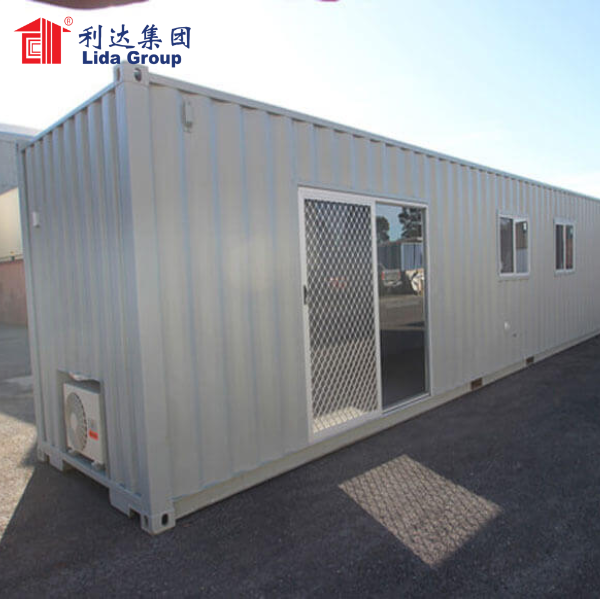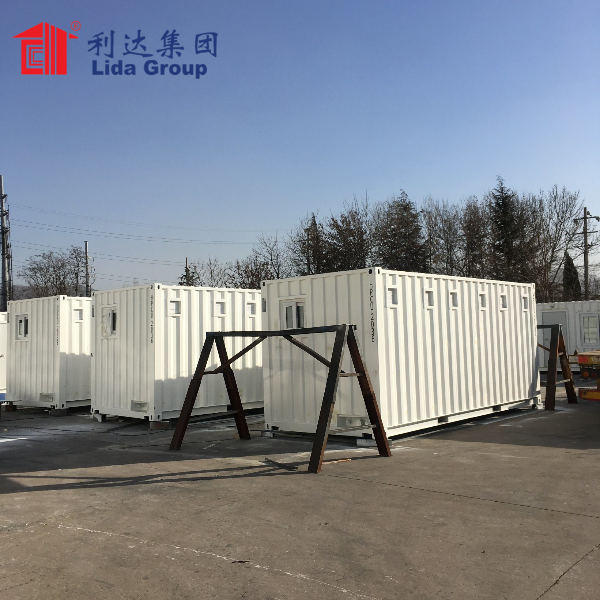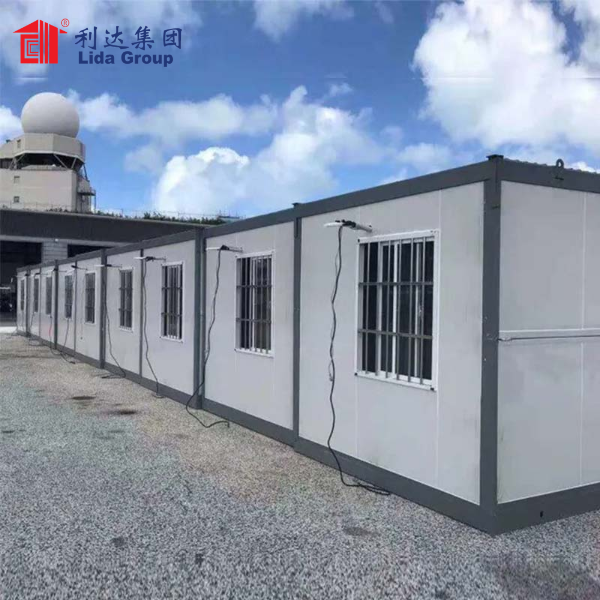Introduction:
In the pursuit of innovative and sustainable housing solutions, Lida Group has emerged as a pioneer in the construction industry with their container houses. These revolutionary structures challenge the traditional notion of housing, offering a unique blend of affordability, mobility, and sustainability. In this article, we will explore Lida Group’s container house revolution, delving into their design features, benefits, and the potential they hold for shaping the future of housing.
- The Need for Affordable Housing:
1.1 Global Housing Crisis:
Across the globe, there is a growing need for affordable housing. Rapid urbanization, population growth, and income disparities have exacerbated the housing crisis, leaving millions of people without access to safe and affordable homes. Traditional housing models often fail to address this issue effectively, calling for innovative approaches to tackle the affordability challenge.
1.2 Importance of Affordable Housing:
Access to affordable housing is a fundamental human right and vital for socio-economic development. Affordable housing not only provides shelter but also strengthens communities, improves health outcomes, and offers stability and opportunities for individuals and families. By addressing the affordable housing crisis, we can promote social equity and create sustainable and inclusive communities.
- Lida Group’s Container Houses:
2.1 Repurposing Shipping Containers:
Lida Group’s container houses are created by repurposing shipping containers, transforming them into functional and comfortable living spaces. These containers, typically made of steel, offer a durable and readily available building material. By repurposing existing containers, Lida Group reduces construction costs, minimizes waste, and promotes sustainable practices.
2.2 Design Features and Customization:
Container houses by Lida Group are designed with meticulous attention to detail, ensuring optimal utilization of space and functionality. These houses can be customized to meet specific needs and preferences, with options for different sizes, layouts, and finishes. From single-family homes to multi-unit dwellings, container houses offer versatility and adaptability to various housing requirements.
2.3 Mobility and Quick Installation:
One of the unique advantages of container houses is their mobility and ease of installation. These structures can be easily transported, enabling relocation to different sites as needed. This feature is particularly useful in temporary housing situations, disaster response, or for individuals seeking a more nomadic lifestyle. The quick installation process of container houses minimizes construction time and reduces disruption to local communities.
2.4 Sustainable and Energy-Efficient:
Lida Group’s container houses prioritize sustainability and energy efficiency. The repurposing of shipping containers reduces the demand for new construction materials, minimizing resource consumption and waste generation. Additionally, these houses can be equipped with energy-efficient features such as insulation, solar panels, and rainwater harvesting systems, reducing energy consumption and environmental impact.
- Benefits of Container Houses:
3.1 Affordability:
Container houses offer an affordable housing solution compared to traditional construction methods. The use of repurposed shipping containers significantly reduces material and labor costs, making these houses more accessible for individuals and families with limited financial resources. The affordability of container houses can help address the housing crisis and provide housing options for low-income communities.
3.2 Sustainability and Environmental Impact:
Container houses contribute to sustainability by repurposing existing materials and reducing waste. By utilizing shipping containers, Lida Group minimizes the need for new construction materials, conserving natural resources and reducing carbon emissions associated with manufacturing. Moreover, the incorporation of sustainable features makes container houses energy-efficient and environmentally friendly.
3.3 Mobility and Flexibility:
Container houses offer the flexibility to adapt to changing needs and circumstances. Their mobility allows for easy relocation, making them suitable for individuals or communities requiring temporary or mobile housing solutions. Additionally, container houses can be expanded or modified as needed, accommodating growing families or changing living arrangements.
3.4 Durability and Resilience:
Shipping containers are designed to withstand harsh conditions during transportation, making container houses inherently durable and resilient. These structures can withstand extreme weather events, providing a safe and secure living environment. Their durability also translates into long-term cost savings, as container houses require less maintenance and have a longer lifespan compared to some traditional housing materials.
- The Future of Housing:
4.1 Innovation and Adaptation:
Lida Group’s container house revolution represents a shift towards innovative and adaptable housing solutions. Container houses challenge conventional housing norms, encouraging architects, designers, and policymakers to think creatively and develop sustainable alternatives. The success of container houses can inspire further innovation in housing design and construction practices, leading to more affordable and environmentally conscious housing options.
4.2 Addressing Housing Shortages:
Container houses have the potential to address housing shortages, particularly in areas with limited resources or after natural disasters. Their affordability, quick installation, and mobility make them ideal for providing temporary or emergency housing. By offering a scalable and cost-effective solution, container houses can help bridge the housing gap and provide shelter to those in need.
4.3 Sustainable Communities:
The adoption of container houses can contribute to the development of sustainable communities. These structures promote resource conservation, reduce carbon emissions, and encourage environmentally friendly livingpractices. Container house communities can incorporate sustainable features such as shared green spaces, community gardens, and renewable energy systems, fostering a sense of environmental stewardship and community cohesion.
4.4 Collaboration and Policy Support:
To fully realize the potential of container houses and revolutionize the housing sector, collaboration among various stakeholders is crucial. Architects, builders, policymakers, and community organizations need to work together to develop regulations, standards, and incentives that support the construction and integration of container houses into existing housing frameworks. This collaborative effort can facilitate the widespread adoption of container houses and pave the way for a more sustainable and affordable housing future.
Conclusion:
Lida Group‘s container house revolution challenges traditional housing models and offers a sustainable and affordable solution to the global housing crisis. By repurposing shipping containers, these houses break the mold of conventional construction, providing mobility, customization, and energy efficiency. The affordability and adaptability of container houses make them a viable option for addressing the housing shortage and promoting social equity. As the demand for affordable and sustainable housing continues to rise, container houses have the potential to shape the future of housing, fostering innovation, resilience, and inclusive communities.
Post time: Sep-11-2023



